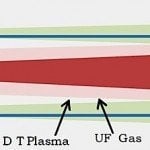Have you ever gone through one of those days when time just seemed to be going slower than usual? Although this is a relative perception, it’s interesting to know that Physicists have found that — in the early universe — time did move slower. In a process called time dilation, they can prove that time did once run five times slower. [1]
In this article, we explore the astrophysicists’ journey and history toward this amazing finding.
What Is Time Dilation?
Approximately 13 billion years ago, velocity had a strange effect on time. Physicists made this observation by studying quasar galaxies and how they fluctuated during the cosmic dawn. After years of studying, they discovered what is referred to as time dilation.
Time dilation is the difference of lapsed time between two clocks. This difference is caused by gravitational potential differences due to their location or by relative velocity.
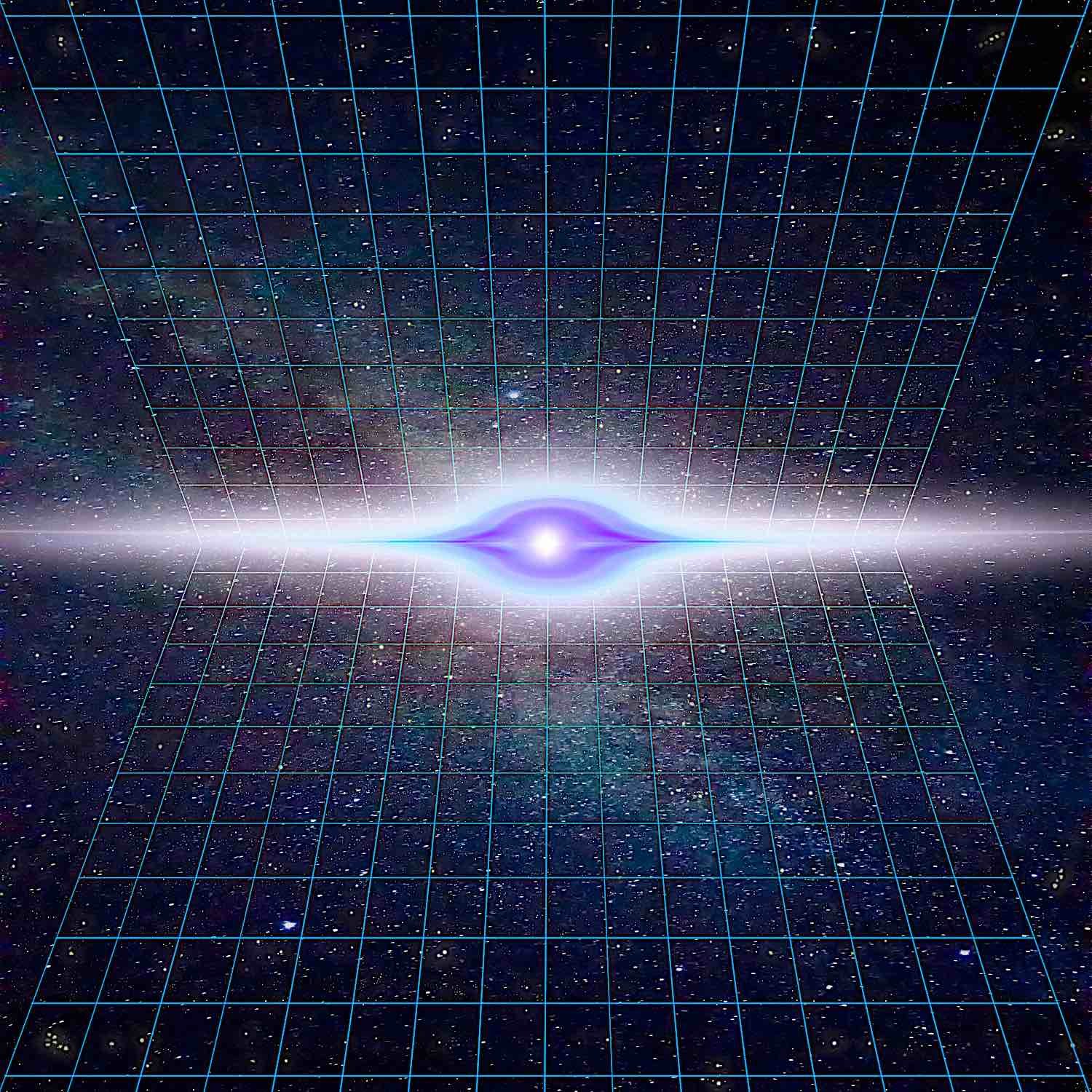
Time dilation, according to astrophysicists, is a result of Albert Einstein’s theory of general relativity. He stated that time and space are connected and that gravity impacts them. According to his theory, scientists and astronomers would see that events in the early universe happened more slowly than in the modern universe. The effect of this is what is referred to as time dilation. [2]
Quasars and Cosmic Dawn
A quasar is a galaxy’s bright galactic nucleus. By studying them, scientists have been able to measure time. Using them as clocks, they studied their variations in brightness since the early universe.
The farthest quasar can be traced back to 13 billion light years and can still be seen today because of its brightness. The variations in the brightness of the quasars are due to the lumpiness and turbulence of their discs.
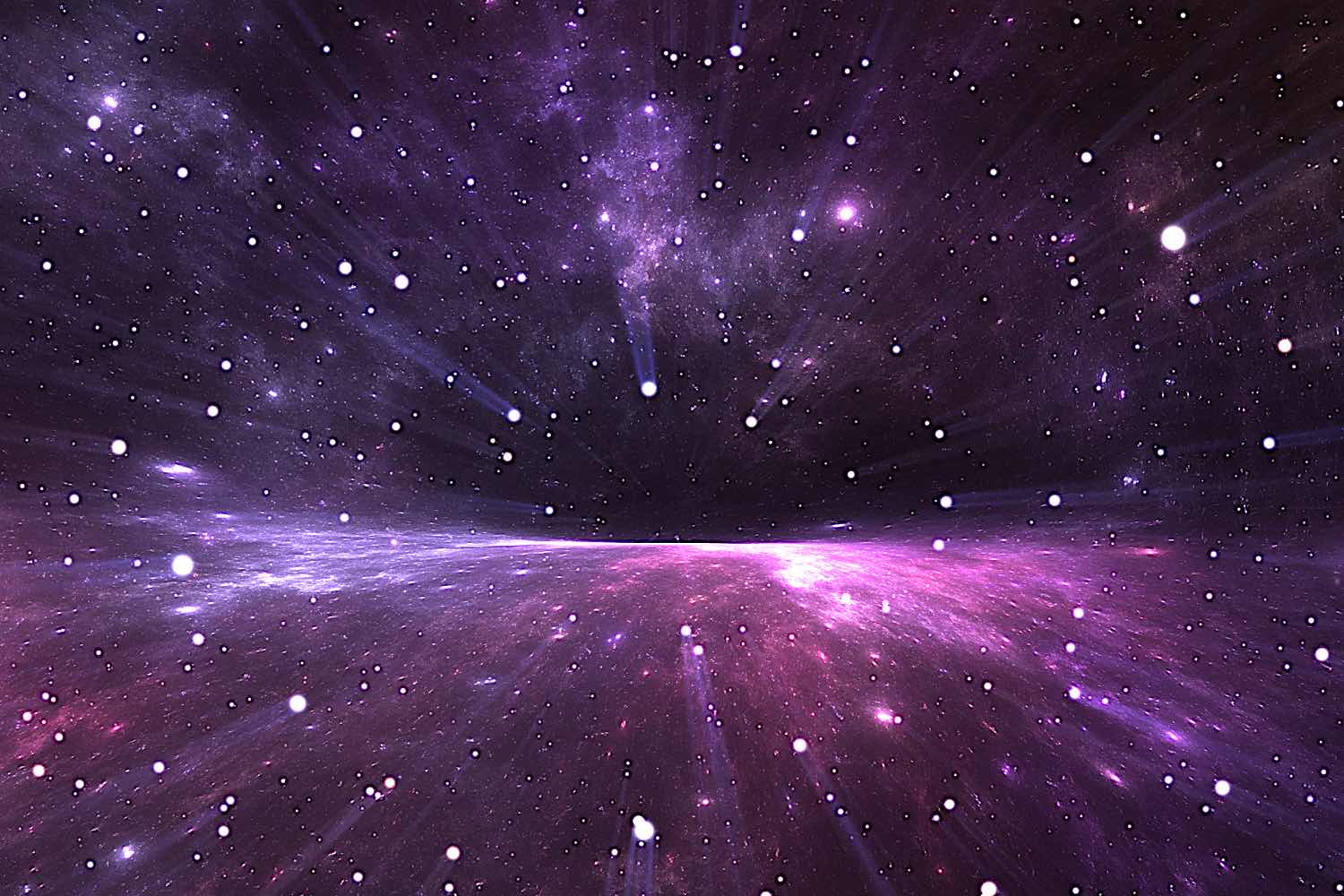
Between 50 million years to one billion years ago, there is a historic gap in our universe’s history. This gap is identified as being after the Big Bang when the universe expanded from its original state. This gap is what scientists refer to as the cosmic dawn. [3]
Wanting to find answers about this gap and the events that happened, led scientists to study quasars.
A quasar is propelled by an accreting gigantic black hole at the center of an extremely active galaxy. Because the accretion disc surrounding the black hole is small, there are fluctuations in the light emitted by the quasar. This is how scientists are able to track and measure time due to the variations caused by brightness. [4]
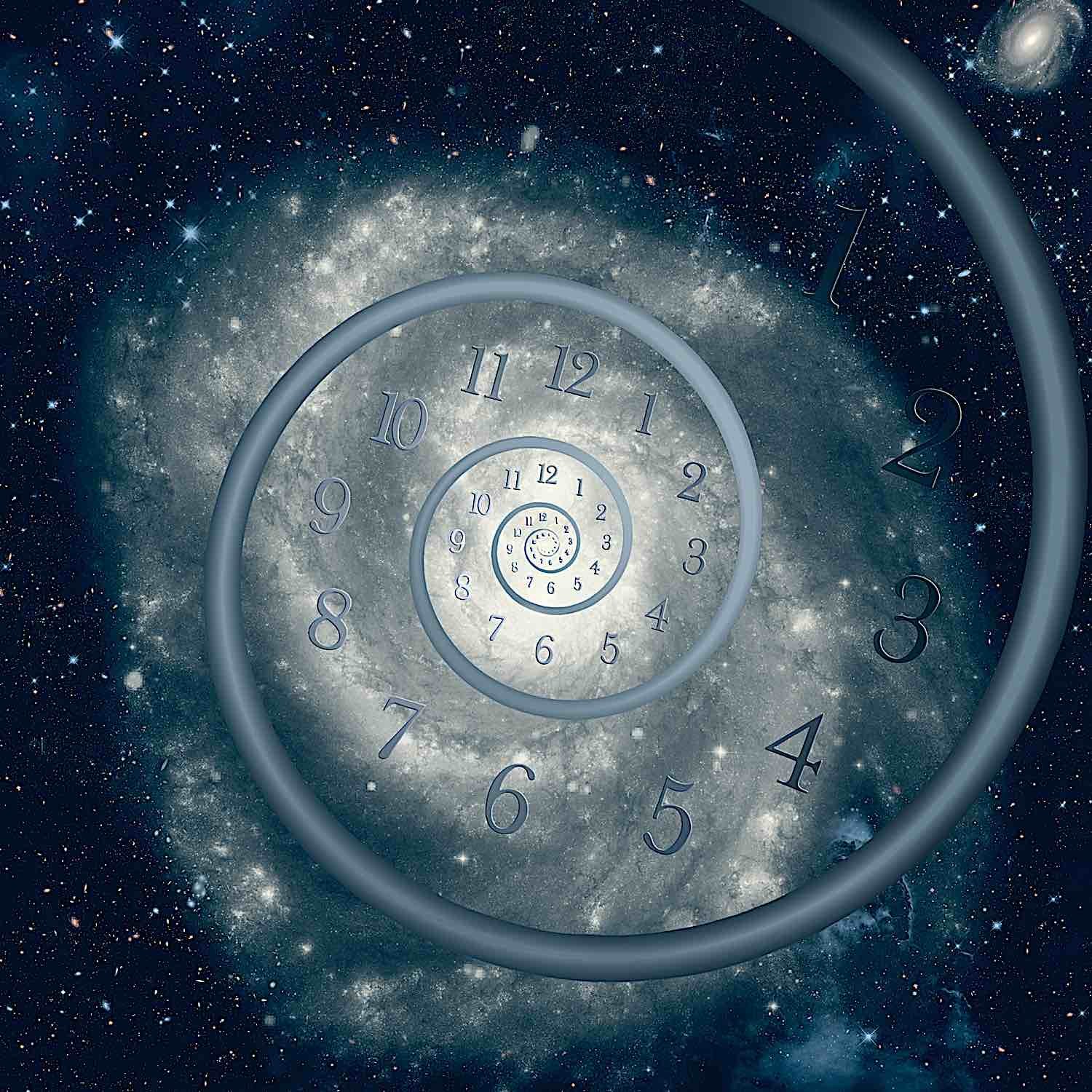
Scientists studied approximately 190 quasars, their brightness dating back one billion years after the Big Bang. They then compared these variations in brightness against different wavelengths of quasars today. They realized that fluctuations that occurred during a certain time today, occurred five times slower in the early universe.
Black Holes’ Connection to Galaxies
Most galaxies have a gigantic black hole at their center. The theory behind black holes is that if you press a reasonable amount of matter into a tiny space, it will create a powerful gravitational pull that nothing can escape from. [5]
The world of black holes is strange and may seem as though it comes from a science fiction movie. However, they have been proven to exist. When they are surrounded by a spiraling accretion disk containing dust and gas, it releases huge amounts of energy, which can drive out other galaxies’ gas.
It’s this energy that propels quasars. And it’s because of this propelling energy that astronomers are able to track and measure time.
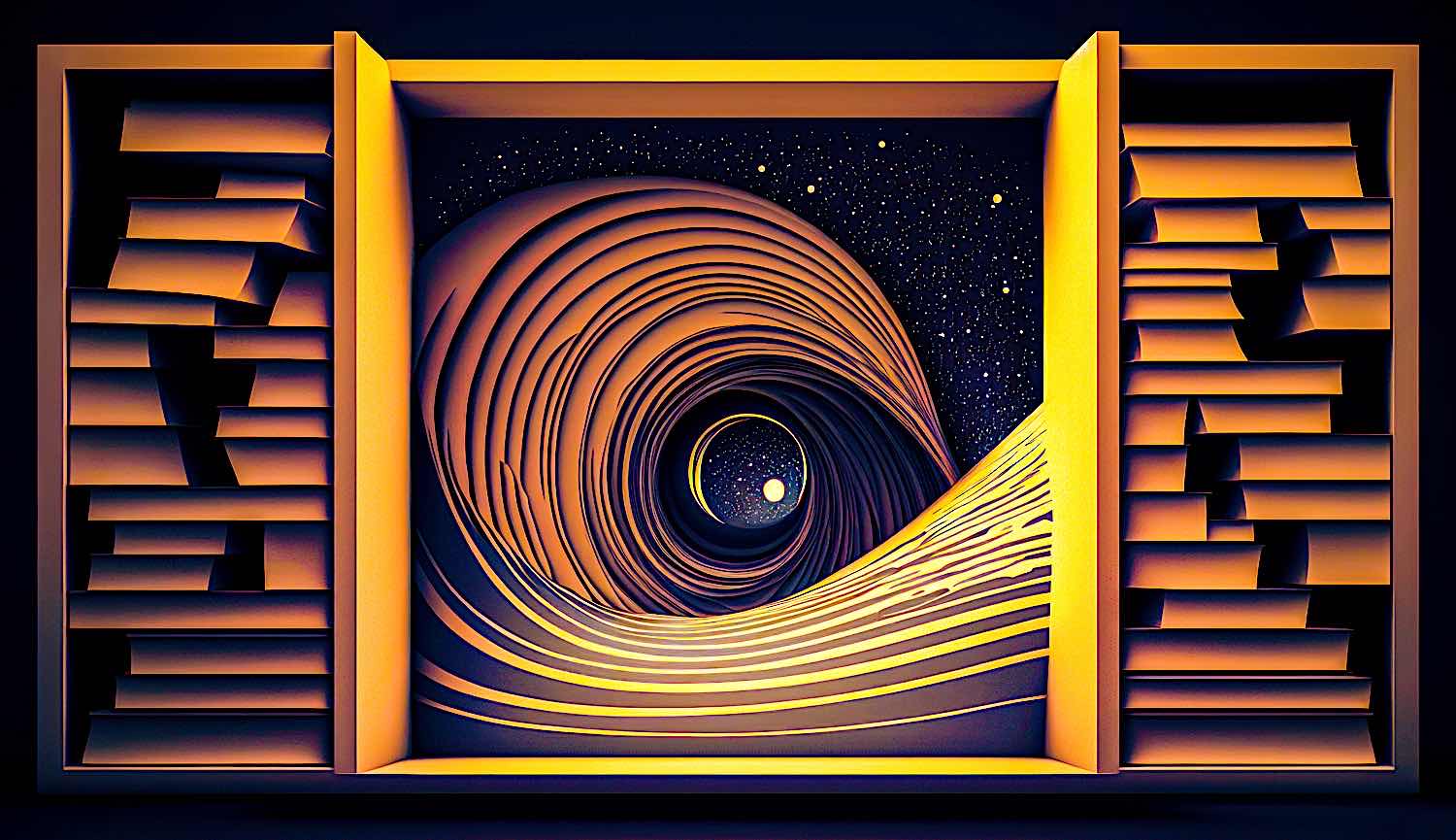
Impact of the Expansion of the Universe
Due to the expansion of the universe, physicists have come to the conclusion that time in the early universe was five times slower than today. [6]
There are other consequences of the expansion of the universe. They include:
Stretching of Light
As the universe expands, light is stretched as it travels. This makes the wavelengths longer. As a result, older galaxies appear redder than they previously were.
Stretching of Time
Because of the expansion of the universe, if a distant object lights up once every second, it will create a lapse of more than one second by the time it gets to the Earth.
Understanding Cosmology
These latest discoveries indicate that quasars are consistent over large areas of space and time. This means that they are aligned with the traditional model of cosmology. Time dilation will also help with the study of quasars’ behavior in the future.
Acceleration
Research has shown that the expansion of the universe is accelerating. This means that the velocity with which distant galaxies recede is increasing with time. [7]
Doppler Effect
As the universe expands, time is also affected as it gets pulled because of its connection. As light stretches when the space expands, there will be a shift in the wavelengths. The larger the distance from the source, the redder the wavelengths. This effect is what is known as the Doppler effect. [8]
This effect is not just apparent in space; it can be encountered here on Earth as well. For example, when an ambulance siren is heard, the sound appears to blow away as the ambulance drives away from you.
In cosmology terminology, the ambulance becomes a distant galaxy as it drives away from you. We can think of the siren as light. At the origin, the emission is normal, but from our understanding, it stretches as it goes further away.
History of the Big Bang
The Big Bang is a theory that explains how the expansion of the universe came about. It is believed to have occurred approximately 13 billion years ago. In the 20th century, astronomers were convinced that the universe was fixed – that it didn’t change in size and nothing could be added to it. [9]
However, later studies and discoveries have proved this theory wrong. Vesto Slipher in 1912 provided measurements of the movement of galaxies. He discovered that distant galaxies were red-shifted due to the expansion of the universe. He also discovered that this redshifting was because of velocity. [10]
Since then, scientists have continued to discover mysteries about the universe as it expands.
Supernova Cosmology Project
In the early 1990s, astronomers collaborated with researchers to find out if the universe would expand and how to measure it. This research was led by Saul Perlmutter and Carl Pennypacker of the Lawrence Berkeley National Lab and the University of California at Berkeley. This research became known as the Supernova Cosmology Project. [11]
At the core of this research, they wanted to determine if the Type 1a supernovae were a valid method of determining cosmic distances. They used various telescopes to perform searches and study the galaxies. The brightness variations of the galaxy and the redshift concept enabled them to track and measure distances.
Scientists observed that approximately nine billion years into the early universe, its expansion began to slow down. However, they also discovered that about five billion years ago, there was a shift.
The researchers noticed that the universe’s expansion was no longer slowing down, but was speeding up.
Although supernovae and quasars can both be used to measure time, they are different from each other. Quasar galaxies have a gigantic black hole at their center, which propels them by the energy produced. Supernovae on the other hand are formed when there is a giant explosion that releases powerful energy during the last stages of a huge star.
When supernovae release their energy in a giant explosion, they act like a single flash of light. This makes studying them easier. Quasars are more complex to study. This is because they release their energy like a continuous firework display. Also, their brightness constantly varies depending on the distance from a galaxy.
What the Latest Discovery Means
In ancient times, scientists thought that the fluctuations of the quasars did not impact time dilation. This was because they worked with smaller samples over shorter time frames.
However, over time, scientists have expanded their studies by increasing the number of quasars. Geraint Lewis, an astrophysicist at the University of Sydney, and Brendon Brewer, a statistician at the University of Auckland, have made recent discoveries about time dilation by studying the variations in the brightness of quasar galaxies during the cosmic dawn in the early universe. [12]
Geraint Lewis and Brendon Brewer studied over 190 quasar samples from between 2 billion and 12 billion years ago. They also studied data of varying wavelengths taken over two decades. Armed with knowledge over a long time period and a variety of samples, they have made amazing discoveries about galaxies and time dilation.
Because of their studies, they have over 200 observations regarding each quasar, with detailed reconstructions of their variations. They have discovered that ancient quasars appear to shine in slow motion compared to quasars of today.
Final Thoughts
By studying quasars and their variations of brightness coming to Earth a million years ago, scientists have proven that the universe is not fixed. By discovering the concept of time dilation, they have proved that time once ran five times slower in the early universe than it does today.
NOTES
[1] [4] [12] Time Appears to Have Run 5 Times Slower in The Early Universe : ScienceAlert
[2] What is the theory of general relativity?
[3] Cosmic Dawn | Network for Exploration and Space Science | University of Colorado Boulder
[5] Supermassive black holes: Characteristics and formation | Space
[6] Gravitational Waves Show How Fast The Universe is Expanding (astronomy.com)
[7] Nobel physics prize honours accelerating Universe find – BBC News
[9] What Is The Big Bang? : ScienceAlert
[10] Vesto Melvin Slipher | Department of Physics & Astronomy at Sonoma State University
[11] What the Supernova Cosmology Project Observed (wondriumdaily.com)























